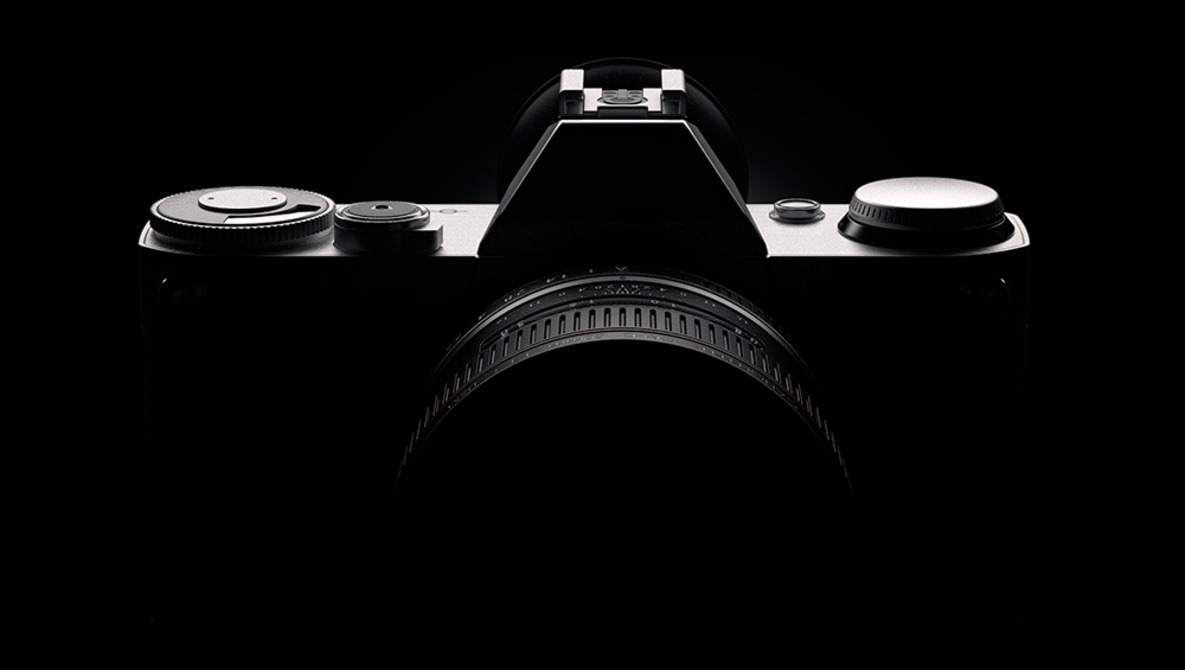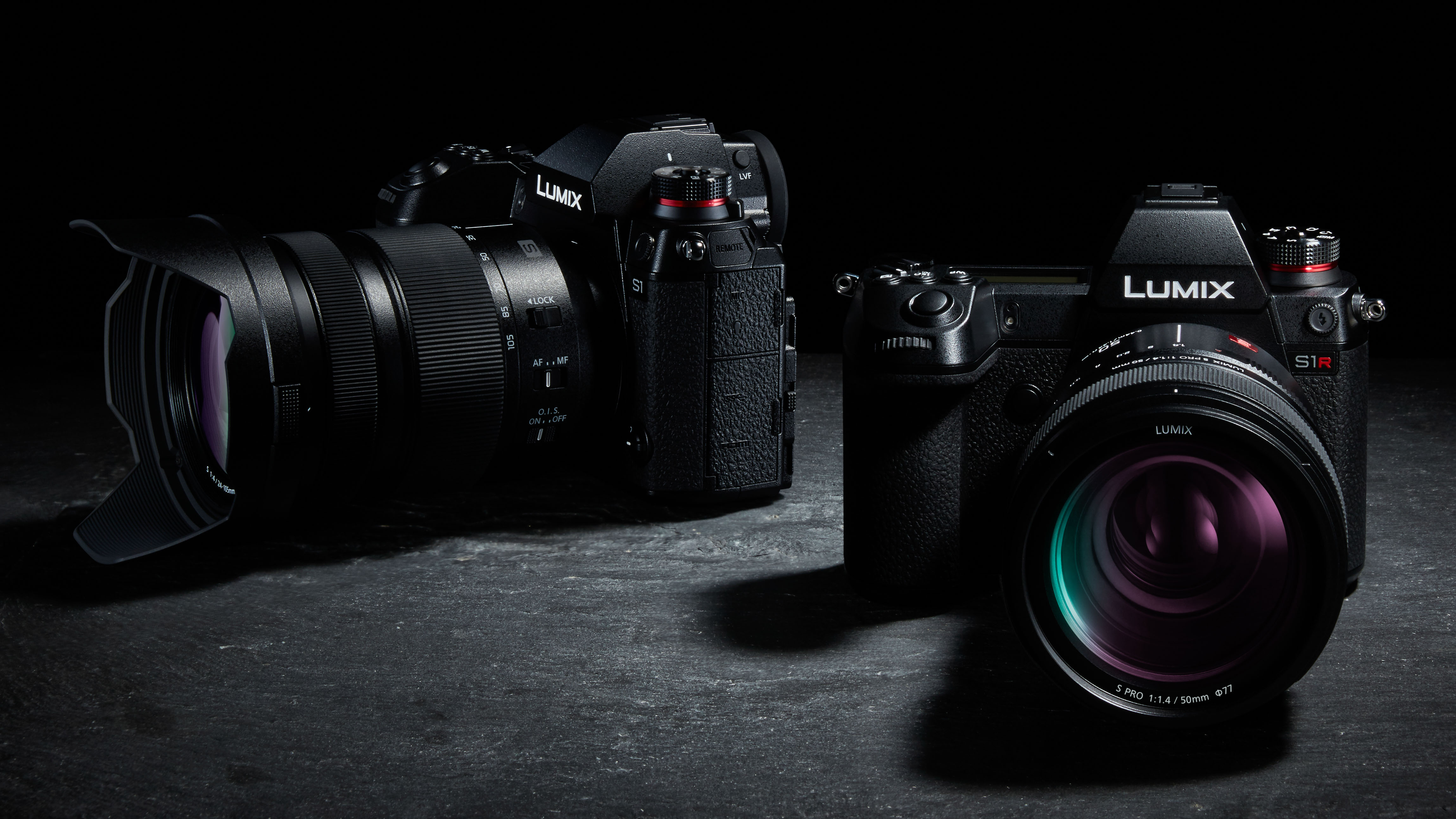
- #Best frame mirrorless camera 2016 upgrade#
- #Best frame mirrorless camera 2016 full#
- #Best frame mirrorless camera 2016 software#
You can even get one with an optical viewfinder if you don't mind spending big bucks on a Fuji X-Pro or Leica M rangefinder. Others put the EVF in the corner, similar to the position of an optical finder in a rangefinder camera, and typically offer a smaller handgrip. Some resemble SLRs, with an electronic viewfinder in the center of the body behind the lens mount. Although most DSLRs are similar in size and build, mirrorless cameras are more varied in design. It's very important to choose a camera that feels comfortable in your hands. Some are designed for APS-C sensors and either won't work at all with a full-frame body or only at a lower resolution.

#Best frame mirrorless camera 2016 full#
If you see yourself moving up to full frame in the future, be careful about buying lenses. These full-frame cameras are generally more expensive than their APS-C counterparts, but you can get started with an entry-level kit for around $1,500. Some cameras feature sensors that are equal in size to 35mm film. The Nikon Z 5 offers photographers an affordable way to jump into a full-frame system This allows more natural-looking images with a greater sense of depth, as well as more dynamic range, so you can capture details in shadows and highlights that other cameras miss. An advantage to the larger surface area is that changes in color or brightness are more gradual than that of a point-and-shoot. These larger pixels allow you to set the sensor at a higher sensitivity, measured numerically as ISO, without creating as much image noise. A 24MP APS-C sensor has much larger pixels than a point-and-shoot of comparable resolution. For example, a lens with a maximum aperture of F1.4 lets in eight times as much light as an F4 lens, and can create a shallower depth of field at an equivalent focal length and shooting distance.Īnother reason to go for the big sensor is to minimize image noise. Tons of information exists about the bokeh quality of different lenses, but, in general, lenses that capture more light (measured numerically as its aperture, or f-number) create blurrier backgrounds.

They allow you to better control the depth of field in images, which makes it possible to isolate your subject and create a blurred background, or a Japanese term called bokeh. The Panasonic GH5 II uses a Micro Four Thirds sensor and lenses And, even though the format is smaller than APS-C, it is significantly larger than sensors on a smartphone or point-and-shoot. Micro Four Thirds is the oldest mirrorless system, so there are plenty of lenses to choose. Kit lenses for these systems typically cover 14-42mm (28-84mm equivalent). These are available from OM System (the new name for Olympus) and Panasonic. Micro Four Thirds, which has a 2x crop factor, is another popular mirrorless format. This means that a starter lens, such as the 16-50mm Sony bundles with many of its crop-sensor cameras, covers the same angle of view as a 24-75mm lens for a full-frame model. The standard APS-C sensor, for instance, features a "crop factor" of between 1.5x and 1.6x. It can be confusing to talk about a camera's field of view because the industry expresses focal lengths for compacts in terms of 35mm equivalency.

Most consumer ILCs use image sensors that are smaller than a 35mm film frame (though they are still much larger than those of pocket cameras and phones). What Is a Good Camera Sensor Size? The Fujifilm X-T4, and other Fujifilm X cameras, use the APS-C sensor size
#Best frame mirrorless camera 2016 upgrade#
It's also an easy upgrade path if you're moving up from an older model-the Canon EOS Rebel T8i uses the same lenses as an old EOS Rebel T3i, for instance, and you may appreciate that familiarity.

If your eyes are sensitive to electronic displays or you simply prefer an optical viewfinder, SLRs remain an option. Stepping up to a midrange model like the Canon EOS R10 or Fujifilm X-S20 nets better handling and build quality, and in the case of the latter, a stabilized sensor.īut there are still reasons to opt for an SLR. You don't have to live without a viewfinder, either-aside from vlogging cameras, most mirrorless bodies include eye-level electronic viewfinders.Įven entry-level mirrorless cameras, such as the Canon EOS R50, offer autofocus systems that run circles around SLRs, with features like face and eye detection for people, pets, and wildlife. Today's mirrorless cameras, even those at the entry-level end of the price spectrum, are typically more capable than an SLR. Is Mirrorless Better Than DSLR? The Olympus OM-D E-M10 Mark IV mirrorless includes a stabilized sensor and 4K recording, features you won't get in an entry-level SLRĪ decade ago, if you wanted a camera with interchangeable lenses, an SLR was the obvious choice. But first, check out our top picks to see where to start you can't go wrong with any of the cameras we list here. With that in mind, we've compiled the most important aspects to consider as you shop for a swappable lens camera.
#Best frame mirrorless camera 2016 software#


 0 kommentar(er)
0 kommentar(er)
